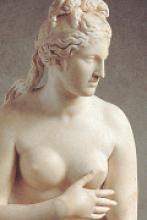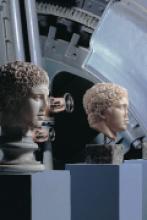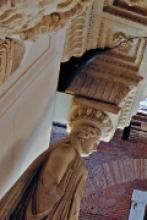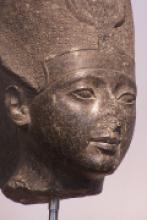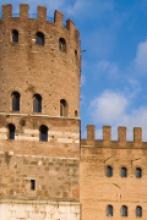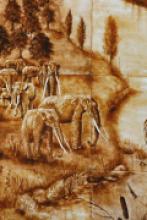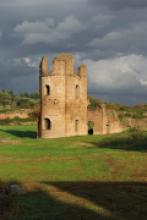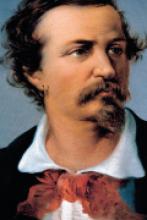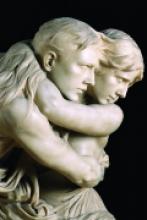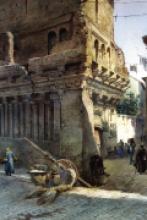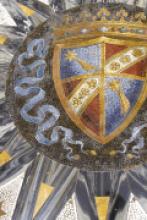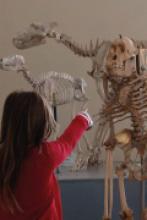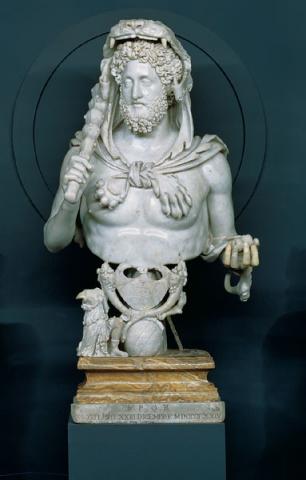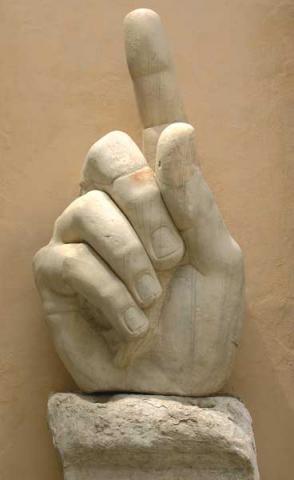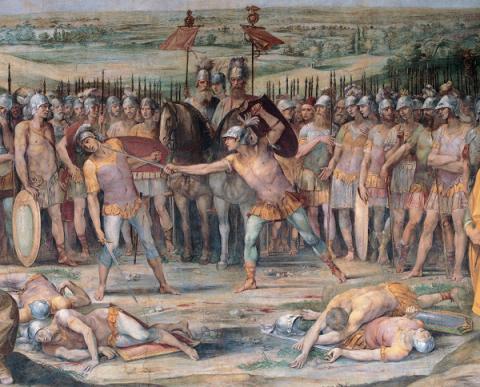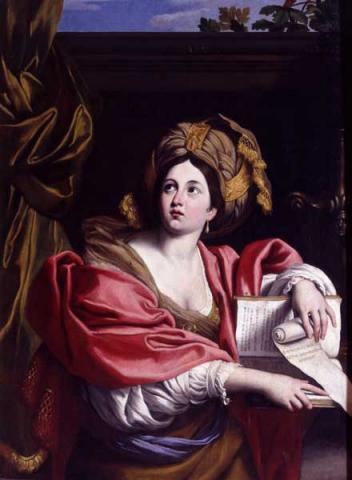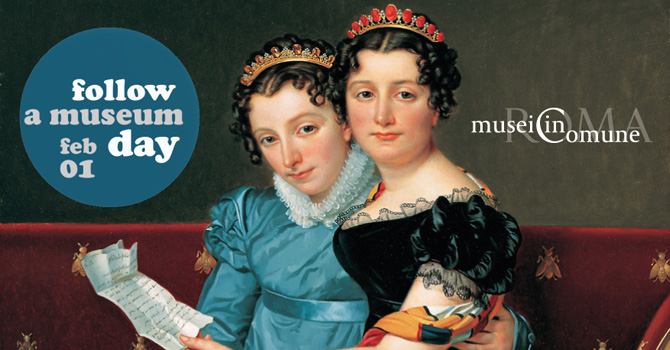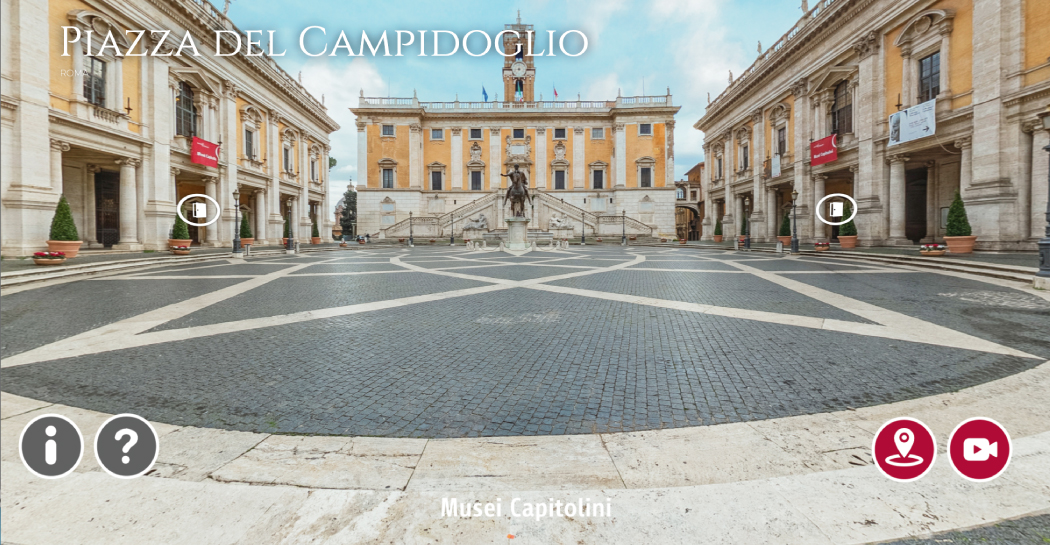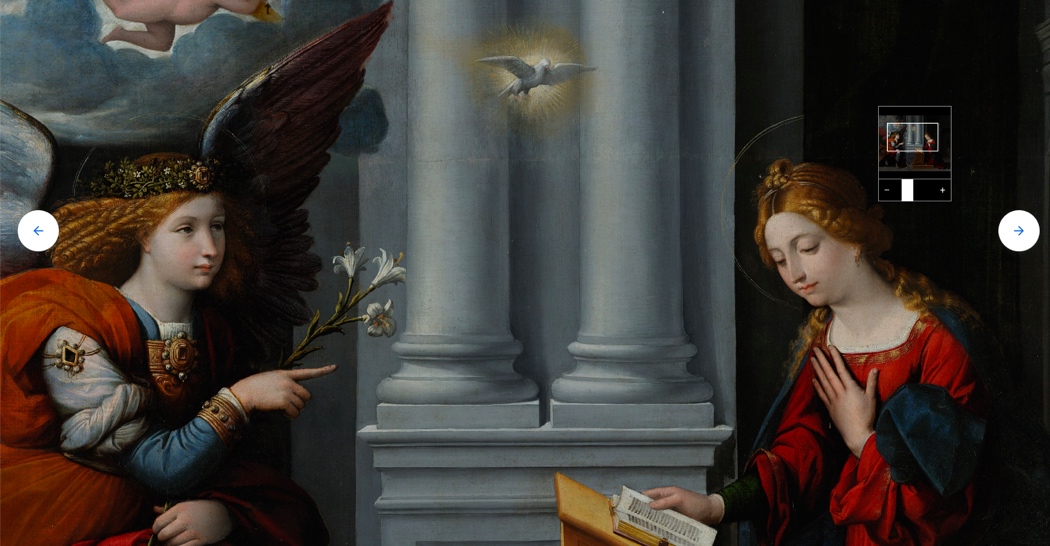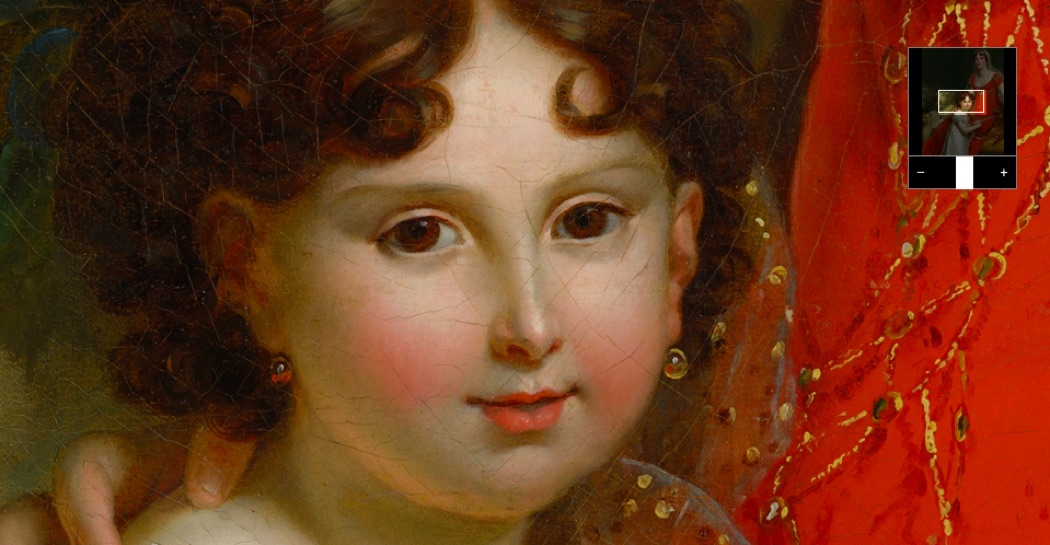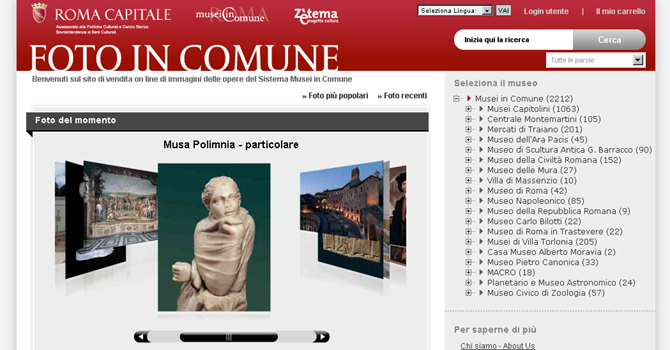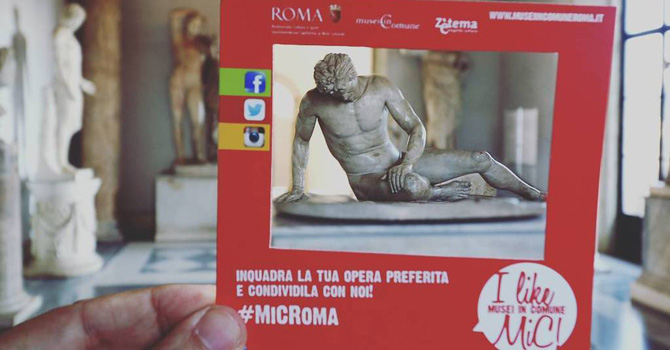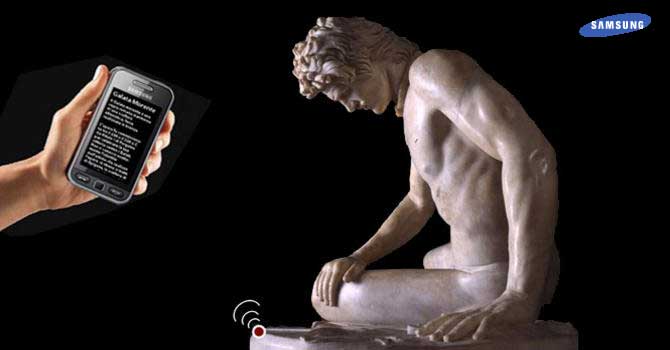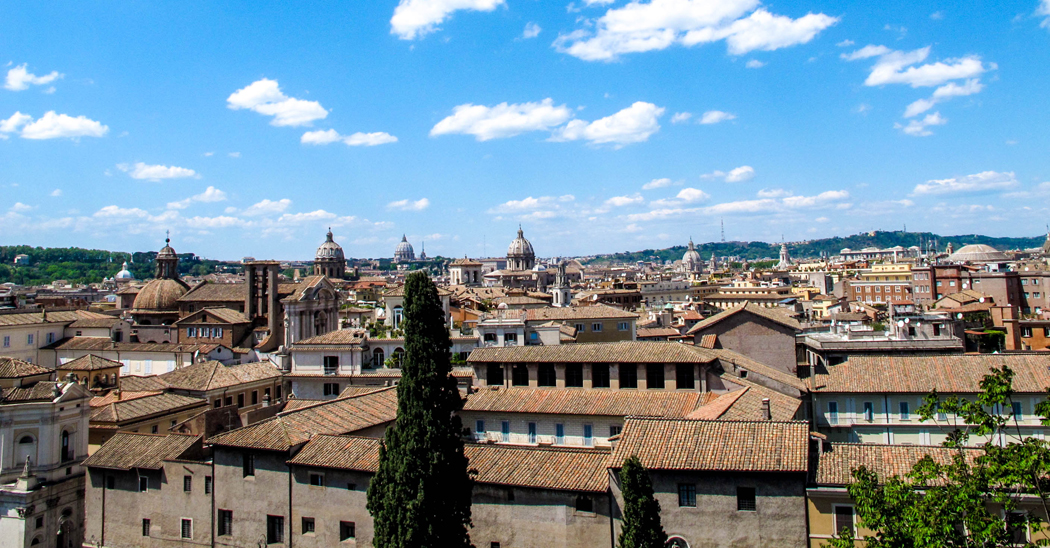Cyclades: masterpieces of an Aegean civilisation

Masterpieces of sculpture and ceramics for a third appointment with Greek history and culture at the Musei Capitolini, dedicated to Cycladic art and organised in occasion of the President of the Republic of Greece's visit to Rome.
The exhibition at the Musei Capitolini will display, for the first time in Italy, a number of masterpieces in sculpture and ceramics from the Museum of Cycladic Art and the National Archaeological Museum of Athens.
The exhibition presents a selection of forty works, which, in their splendour and rarity, should perhaps be considered amongst the foremost artistic and figurative achievements of western civilization.
In the Early Bronze Age (3200- 2000 B.C.) the Cycladic islands, the beating heart of the Aegean Sea, set between continental Greece and Europe, the coast of Asia Minor and, beyond the island of Crete, the coasts of the Near East and northern Africa, were characterised by a flourishing culture which developed thanks to sea-trade and precious materials. The foremost among these were obsidian from Melos, copper from Sifnos and Paros, and the crystalline marble of Paros and Naxos.
It was the abundance of marble that drove the artists of the third millennium before Christ to sculpt human figures or idols with religious connotations, which were deposited in tombs, together with splendid ceramics, as gravegoods for the dead. They are images, masculine and feminine, of exceptional beauty. Naked, with arms crossed over their chests, closed in the casing of form as in an intangible sheath, they are more abstract than a theorum, but born from acute observation of nature. The smooth surfaces and curves of the human body are minimally indicated by the relief of the nose and of the breasts, or by the incised line which represents the female sex, but the sculpture, made in such lustrous material, tends towards perfection, to a sovereign reticence of form which anticipates, at a distance of centuries, the glorious flowering of archaic Greek sculpture.
The exhibition is supported by the Ministry of Culture and the Embassy in Italy of the Greek Republic on the occasion of the State Visit of the President of the Greek Republic, Karolos Papoulias. Conceived by Nicholas Chr. Stampolidis, the Director of the Museum of Cycladic Art, it has been realised due to the generosity of Mrs Dolly Goulandris, President of the N.P. Goulandris Foundation of the Athens Museum of Cycladic Art and of Nikolaos Kaltsas, the Director of the National Archaeological Museum of Athens, who have consented to the loan of several works of immeasurable historical and artistic value from the collections of these two prestigious Athenian museums.


